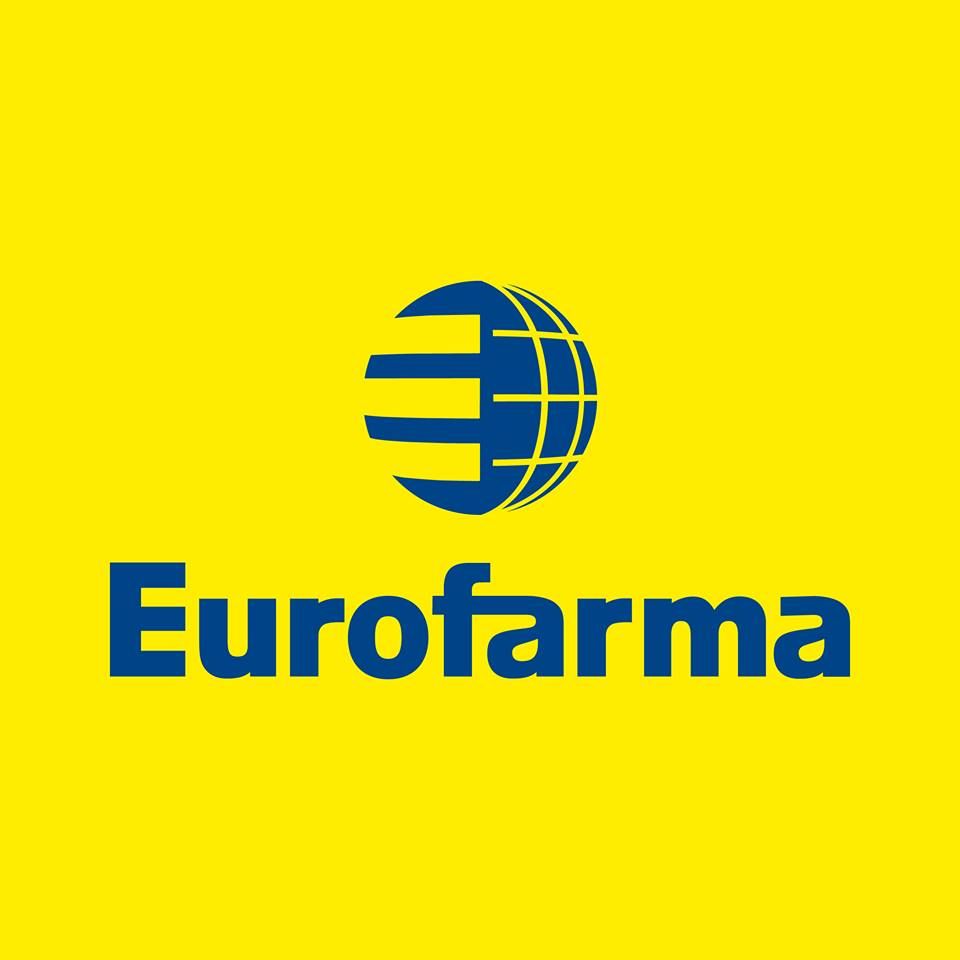2
项与 丙酸氟替卡松/福莫特罗/格隆溴铵 相关的临床试验Randomized, Open-label, Parallel, Active-controlled, Multicenter Study of Efficacy and Safety of Fixed-dose Combination of Fluticasone /Formoterol /Glycopyrronium for the Treatment of Patients with Chronic Obstructive Pulmonary Disease
Several studies have demonstrated the benefits of the LAMA (Long-Acting Muscarinic Antagonists) + LABA (Long-Acting Beta-Agonists) + IC (inhaled corticosteroids) combination in the treatment of chronic obstructive pulmonary disease (COPD). The use of the triple combination in patients with severe airflow obstruction and a history of flares has been associated with improved lung function, improved patient-reported endpoints and prevention of flares, when compared to LABA, LABA + LAMA and LABA + IC. Furthermore, when compared to dual therapies LABA + IC and LABA + LAMA, triple therapy has been able to reduce all-cause deaths among chronic obstructive pulmonary disease (COPD) patients.
Previously published studies have demonstrated that the triple combination of Fluticasone 250 mcg/Formoterol 12 mcg/Glycopyrronium 12.5 mcg was able to improve lung function in chronic obstructive pulmonary disease (COPD) patients with a history of flares. There was also a significant improvement in the mMRC (modified-Medical Research Council) which began in the 2nd week of treatment and continued up to week 12. The association was considered safe and well tolerated, with only mild to moderate adverse events recorded in approximately 25% of the subjects treated in the study.
Furthermore, bioavailability studies performed with the components of the combination proposed as experimental drug - Fluticasone/Formoterol/Glycopyrronium - indicated that there is no pharmacokinetic interaction between the 3 active ingredients when they were administered concomitantly to healthy individuals under fasting conditions.
A Randomized, Double-blind, Placebo-controlled, Parallel Group Study of Once-daily Inhaled Fluticasone Furoate Inhalation Powder for Six Weeks on the Hypothalamic-pituitary-adrenocortical Axis of Children Aged 5-11 Years With Asthma
Inhaled corticosteroids (ICS) have a number of known class effects including hypothalamic-pituitary-adrenocortical (HPA) axis suppression. Although the safety of inhaled Fluticasone Furoate (FF) on the HPA axis of adults and adolescent asthmatic patients has been established, it is important to assess the risk of suppression in children so as to establish whether this medicine can be safely used in this young population. This study aims to evaluate the effect of inhaled FF on the HPA axis of children 5-11 years of age (inclusive) with persistent asthma compared with placebo. Approximately 143 subjects will be enrolled. Subjects will enter a 7 to 14 day run-in period on oral montelukast 4 milligrams (mg) (5 year old subjects) or 5 mg (6-11 year old subjects) once daily. Eligible subjects will be randomized to receive once-daily FF inhalation powder 50 micrograms (mcg) or once-daily placebo inhalation powder in the morning via the ELLIPTA™ inhaler for 42 days. Subjects will continue to receive open label montelukast during the treatment period. All subjects will be provided albuterol/salbutamol inhalation aerosol, to use as needed to treat acute asthma symptoms throughout the study.
ELLIPTA is a registered trademark of the GlaxoSmithKline group of companies.
100 项与 丙酸氟替卡松/福莫特罗/格隆溴铵 相关的临床结果
100 项与 丙酸氟替卡松/福莫特罗/格隆溴铵 相关的转化医学
100 项与 丙酸氟替卡松/福莫特罗/格隆溴铵 相关的专利(医药)
100 项与 丙酸氟替卡松/福莫特罗/格隆溴铵 相关的药物交易








